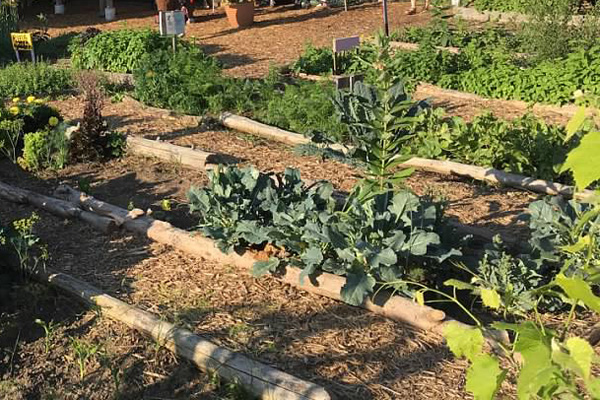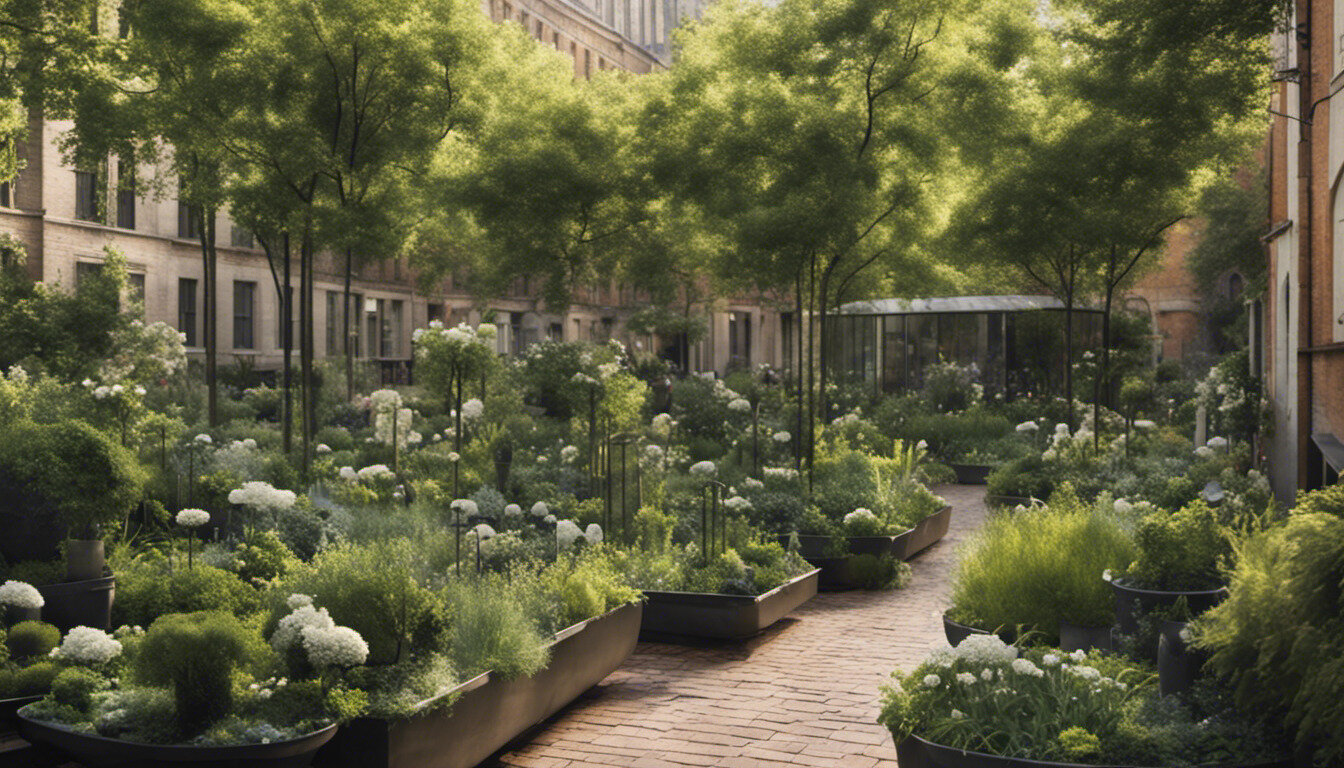6 Simple Techniques For City Blooming
City Blooming Things To Know Before You Buy
Table of ContentsThe Best Guide To City BloomingThe 7-Minute Rule for City BloomingThings about City BloomingAbout City BloomingGetting My City Blooming To Work
Fascinated in growing food for sale in the City of Chicago? Below is a list of regularly asked concerns regarding the policies and laws that cultivators need to take into consideration when intending a metropolitan agriculture project.
The zoning modification does not change any type of other codes dealing with composting, structure licenses, purchasing or renting City owned home, service licenses or ecological contamination. There are existing codes that manage these problems and they remain in full effect and may be appropriate to your project. Community gardens are usually had or taken care of by public entities, public companies or community-based companies and preserved by volunteers.
Urban ranches expand food that is meant to be marketed, either on a not-for-profit or for-profit basis. Due to their industrial purpose, urban farms need an organization license. Yes. A community yard is permitted to sell excess produce that was grown on website if the sales are accessory or secondary to the yard's primary function explained above.
The Greatest Guide To City Blooming
The amount of garden compost product can not surpass 25 cubic backyards at any type of provided time according to the standards in 7-28-715 of the City's Municipal Code. Due to the fact that the soil at the majority of new garden sites needs amending, garden compost, soil, timber chips, or other materials can be gotten to create or boost the growing room.

If a structure permit is needed then the hoophouse will be considered an accessory structure. You can figure out more about the building license requirements by calling the Division of Structures. The 25,000-square-foot size limit is planned to avoid a solitary community garden from dominating a given block or interfering with the block's existing household or commercial character.
The restriction does not use to yards located in Public Open Space (POS) areas. Can there be more than one neighborhood garden that is 25,000 square feet on a solitary block? Fencing is not required, nevertheless, gardens that have big car park areas may be required to install fence or other landscaping attributes.
The 3-Minute Rule for City Blooming
B1 & B2 districts call for that all commercial use tasks be performed inside your home. Is fence required for city ranches? Fencings might be required, along with landscaping and screening, for specific parking locations and outdoor work or storage space areas depending on location and the specific task taking location.
Urban farms need building permits and zoning authorizations prior to construction (eco-friendly practices). Other types of city evaluation might be called for depending on particular structures, tasks, size, landscape design, licensing, public heath and stormwater management problems.
The Department of Business Matters and Customer Protection can aid establish the specific type of service license that's called for. Off street parking is needed for most business projects in Chicago. The required number find this of car park rooms is based on the number of staff members functioning on website and not the square footage of the growing space.
The Only Guide to City Blooming

Yes. An urban ranch can sell garden compost material produced on site, nonetheless, the procedure must follow the policies in 7-28-715 of the Chicago Municipal Code. Yes. Aquaponic systems are permitted inside your home on urban farms in numerous zoning areas. Nevertheless, a zoning review and building license is needed in order to mount structures or systems and a service license is required as described over.
Up to five hives or nests of honey may be kept as an accessory use. Beekeepers have to sign up with the Illinois Division of Agriculture. To learn more about the recommended zoning modification you might contact the Department of Housing and Economic Growth, Bureau of Planning and Zoning at 312.744.8563.
Farming in cities and metropolitan locations A city ranch in Chicago. Urban agriculture refers to different methods of growing. https://cityblooming.godaddysites.com/f/city-gardening-embrace-urban-greenery, processing, and dispersing food in city locations. The term likewise puts on the area activities of pet husbandry, tank farming, beekeeping, and cultivation in a metropolitan context. Urban agriculture is identified from peri-urban farming, which happens in backwoods beside suburban areas.
A Biased View of City Blooming
, that seek to create social networks established on a common values of nature and area holism. These networks can create by method of official institutional support, becoming incorporated into local community planning as a "transition community" activity for lasting metropolitan development.
In either case, the extra straight accessibility to fresh veggie, fruit, and meat products that may be realised with city agriculture can improve food safety and security and food security while lowering food miles, resulting in lower greenhouse gas discharges, thereby adding to climate change mitigation. Some of the initial proof of urban agriculture originates from Mesopotamia.